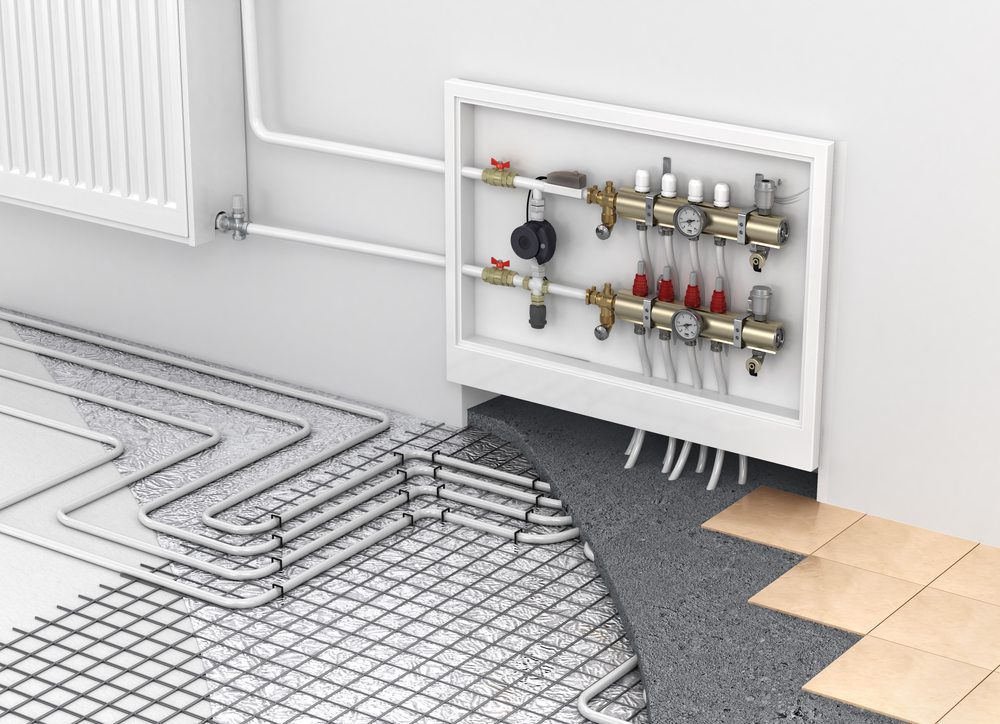
When it is cold outside, a warm home or business is the best place to be. There are several ways to warm a building. One of these is with a steam boiler. While these are rarely seen in new home construction, they work great in large residential buildings since there are few parts to break down. Here is how a steam boiler works.
Preparing the Water
Before water can reach the boiler, it needs to have the oxygen stripped from it. A supplier of deaerators can get you the right equipment to do this. The water then travels from the deaerator to the boiler itself.
Heating Things Up
Once the liquid reaches the boiler tanks, a heating source such as gas heats it up. During this time, if there are any impurities in the water, they are removed through a process called blowdown. Any condensation that occurs during this time is returned to the deaerators to begin the process again.
Steam Heating
The steam from the boiler is transported through pipes throughout the building to radiators in each room. The radiator regulates the amount of heat that the room needs.
Why You Should Use Steam Heating
While it is an uncommon version of heating, steam has multiple benefits. It is great for the environment since it uses very few pollutants that are released into the air. The processes and byproducts of steam heating are those that occur naturally. With so few parts involved in its operation, you can expect little downtime for it to be repaired. It will also take less time to do maintenance on it to keep it running. It kicks up little dust when it operates so it is ideal for those with allergies. Steam boilers can also be used to sanitize medical equipment and to heat water for cooking, cleaning and bathing.